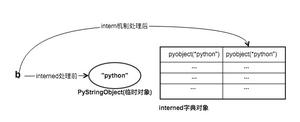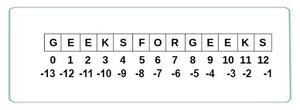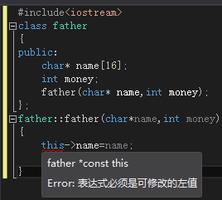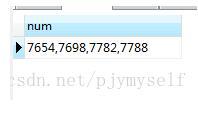Python - 检查两个字符串是否本质上是同构的
当需要检查两个字符串本质上是否同构时,定义了一个以两个字符串作为参数的方法。它遍历字符串的长度,并使用 'ord' 方法将字符转换为整数。
示例
下面是相同的演示
MAX_CHARS = 256输出结果def check_isomorphic(str_1, str_2):
len_1 = len(str_1)
len_2 = len(str_2)
if len_1 != len_2:
return False
marked = [False] * MAX_CHARS
map = [-1] * MAX_CHARS
for i in range(len_2):
if map[ord(str_1[i])] == -1:
if marked[ord(str_2[i])] == True:
return False
marked[ord(str_2[i])] = True
map[ord(str_1[i])] = str_2[i]
elif map[ord(str_1[i])] != str_2[i]:
return False
return True
str_1 = 'aababa'
str_2 = 'xxyyxx'
print("第一个字符串是:")
print(str_1)
print("第二个字符串是:")
print(str_2)
print("Is the first string isomorphic ?")
print(check_isomorphic("aab","xxy"))
print("Is the second string isomorphic ?")
print(check_isomorphic("aab","xyz"))
第一个字符串是:aababa
第二个字符串是:
xxyyxx
Is the first string isomorphic ?
True
Is the second string isomorphic ?
False
解释
定义了一个名为“check_isomorphic”的方法。
该方法以两个字符串作为参数。
它决定了字符串的长度。
需要确保字符串的长度不同。
创建了两个列表,其中一个包含“False”值,另一个包含“-1”值。
迭代第二个字符串长度,并将第一个字符串的字符转换为整数。
列表中带有 'False' 值的相应值已更改。
在函数外部,定义了两个字符串,并显示在控制台上。
通过将这些字符串作为参数传递来调用该方法。
输出显示在控制台上。
以上是 Python - 检查两个字符串是否本质上是同构的 的全部内容, 来源链接: utcz.com/z/345757.html








